
Do’s & Don’ts of dogs and children
Most adult animal lovers began their journey with their childhood dog, whose strong friendship gave them countless fond memories. To ensure both child and dog become the best of friends, kids should be taught that dogs are not a toy, they have the same kind of feelings as us humans: pain, fear and even happiness. So mutual respect and clear rules are essential for building a safe and positive environment.
While many dogs are fantastic in homes with children, this is achieved by respecting the dog’s boundaries. The play styles of many children can be perceived as threatening and even painful from a dog’s perspective. So, it’s important that responsible parents teach their children not to poke, prod, lay on or disturb their greyhound when resting. Children, unless taught, may also be inclined to ignore or miss a dog’s initial signs of discomfort such as turning away or stiffening their body, which can cause the dog’s defensive behaviour to escalate.
There are many things that a parent can do to make sure children and dogs coexist happily together. Here’s a list of Do’s and Don’ts to set your new fur-friend and child up for success:
DO
- Give you pooch a space of its own (e.g. a crate or bed) to chill out in when they need, so they can rest and recharge properly. Explain to your child that this area is off-limits to them, so your dog can have their ‘me’ time.
- Teach your child to play ‘statues’, which involves standing still, crossing their arms and turning their back to the dog. The adult can then direct the dog onto their bed with a tasty treat for them to chew on and calm down.
- Give the dog extra space when they are injured or unwell. A dog that is feeling physical discomfort or pain will be more likely to respond defensively if disturbed.
- Teach children that a dog is not a toy. It should not be jumped on, have its ears or tail pulled or face poked.
- Encouraging more passive interactions (e.g. everyone sitting quietly together in a room) will help your greyhound gather information about your child(ren) in a stress-free environment.
- If you see any:
Yawning
Blinking
Lip licking
Turning their head away
Showing the white part of their eye
Stop the interaction and ask the children to give the dog time to recover.
- Reward both child and dog when they are quiet when they are together.
DON’T
- Young children and dogs should never be left alone together in the same room without supervision. If you need to leave the room, then place the dog or child in a separate area.
- Do not roll around on the floor while playing with the dog, instead play a game of fetch or give the dog something fun to play with in the backyard (e.g. a clam pool)
- Do not allow your child to lay on your dog
- Never touch your dog while they are laying down or resting. Greyhounds often can’t get up and down quickly and may feel threatened
- Do not let your child approach a dog when they are eating
- Do not allow your child to approach a dog they are unfamiliar with. Ask the owner’s permission first and respect their request if they say no
- Never try to take food or toys away from your dog, this can encourage them to defend their resources
Following the above guidelines will help both children and your dogs to become firm friends in a safe and controlled manner.
More news
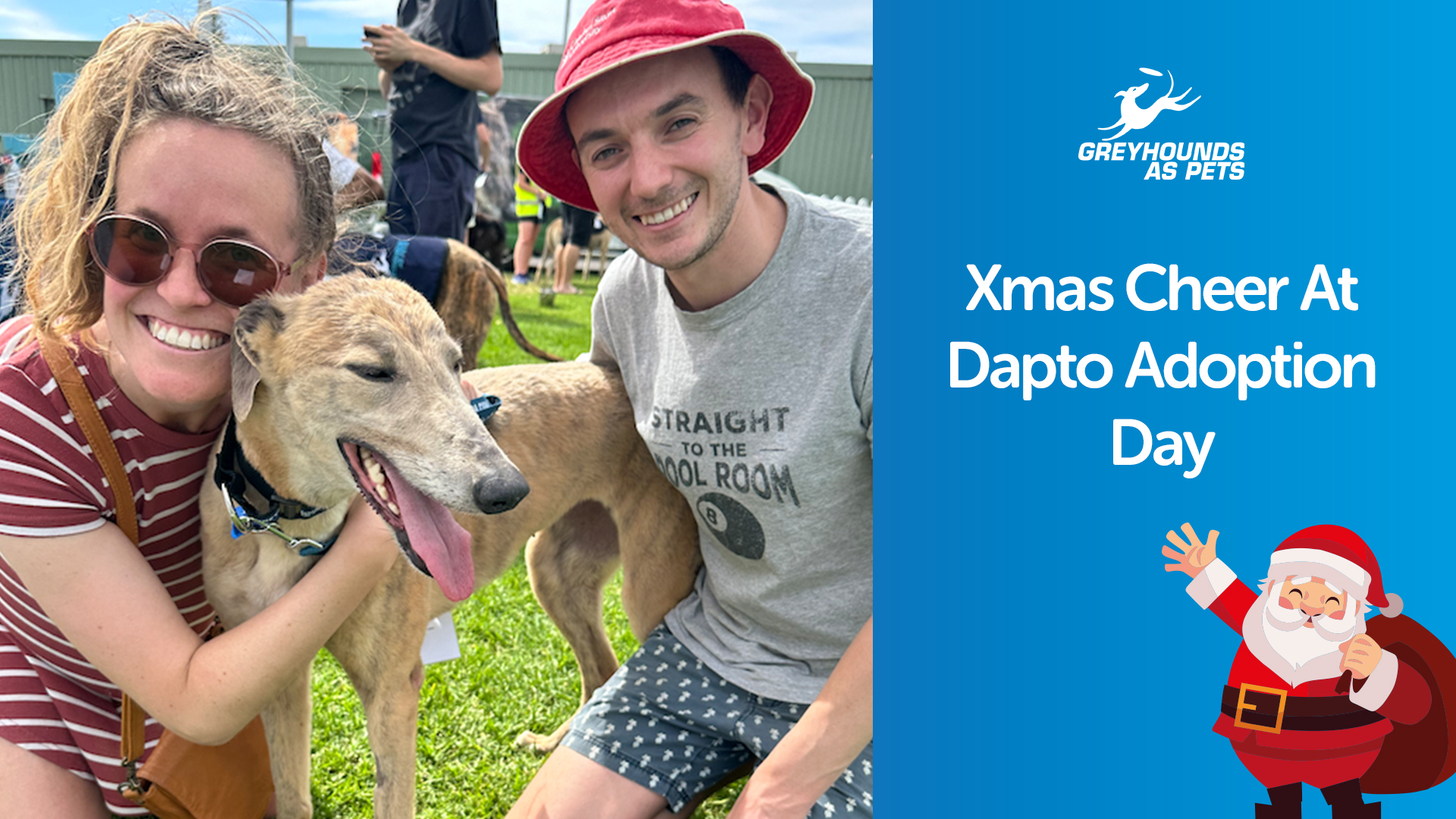 Adoption Day Success At DaptoDecember 19, 2023 10:35
Adoption Day Success At DaptoDecember 19, 2023 10:35 Wellington Joins GAP Prison ProgramBy GRNSWDecember 04, 2023 17:21
Wellington Joins GAP Prison ProgramBy GRNSWDecember 04, 2023 17:21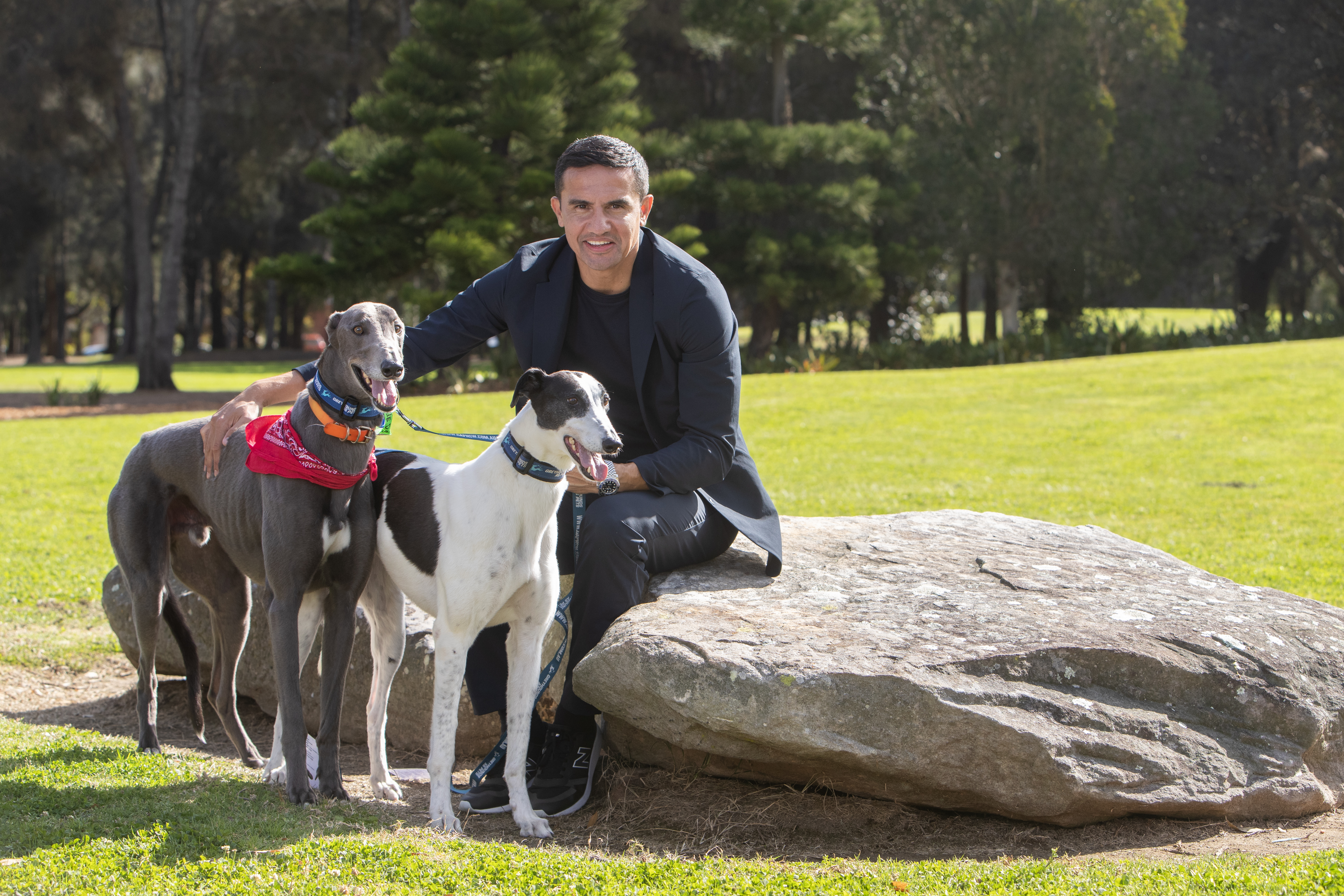 Cahill Now A Hall Of Fame AmbassadorBy GAPNSWNovember 30, 2023 10:20
Cahill Now A Hall Of Fame AmbassadorBy GAPNSWNovember 30, 2023 10:20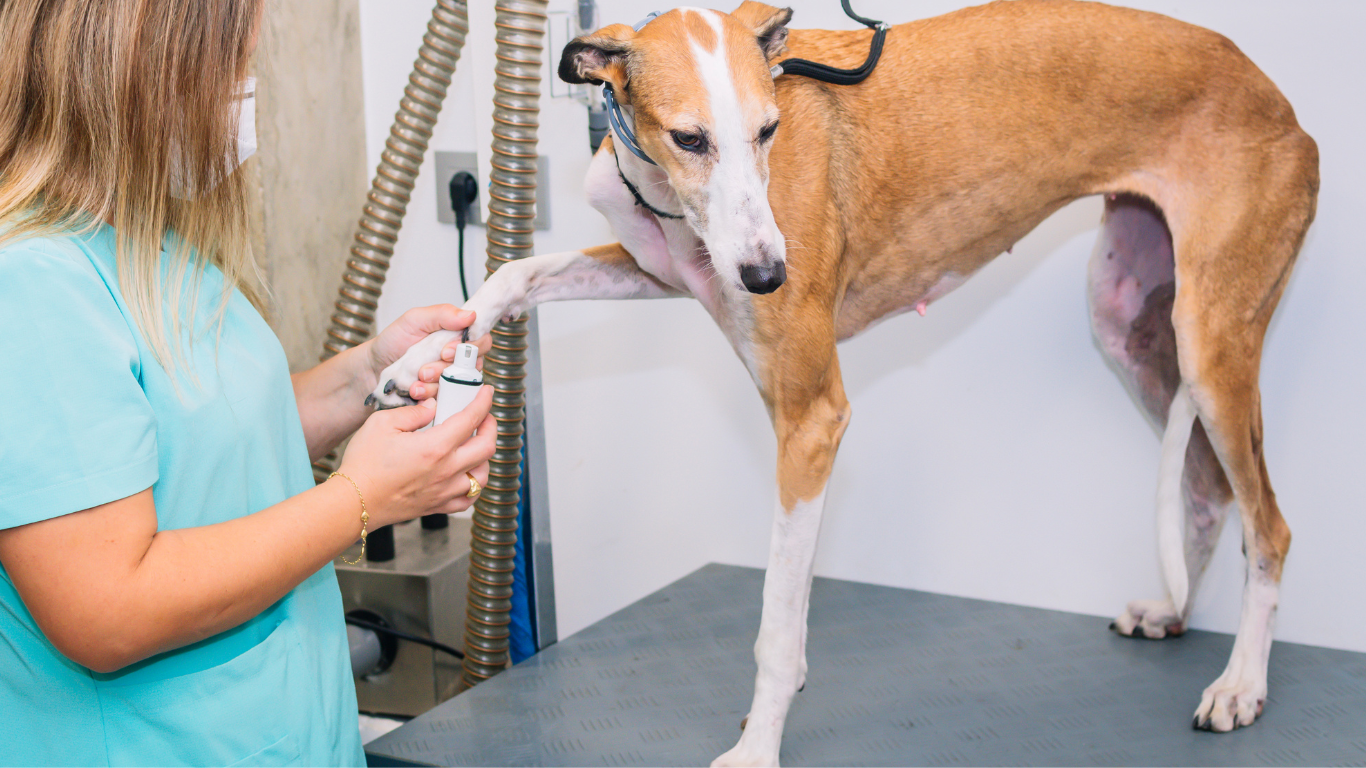 How To Care For Greyhound NailsBy gapnsw.com.auOctober 23, 2023 11:35
How To Care For Greyhound NailsBy gapnsw.com.auOctober 23, 2023 11:35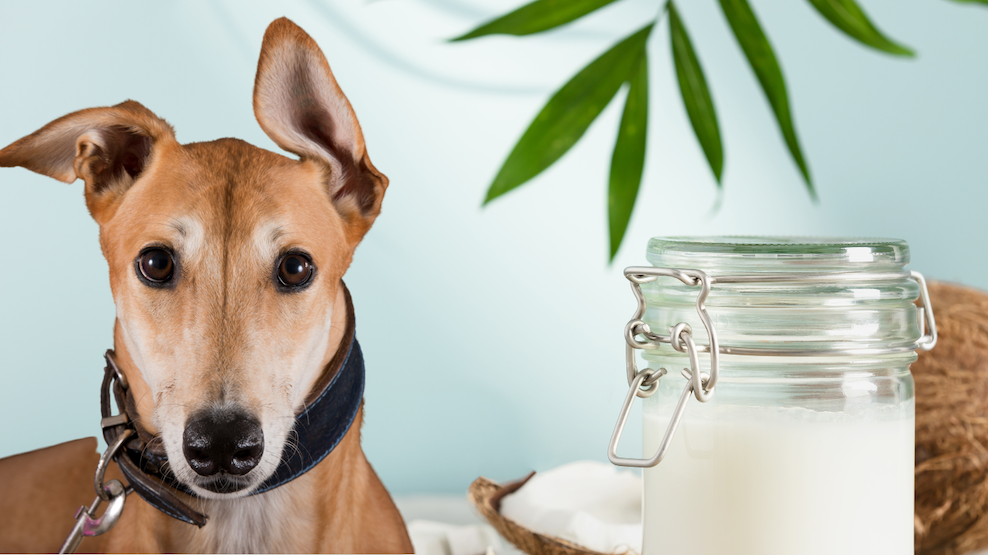 Is Coconut Oil Your Dog's Best Friend?By GAPNSWOctober 23, 2023 09:36
Is Coconut Oil Your Dog's Best Friend?By GAPNSWOctober 23, 2023 09:36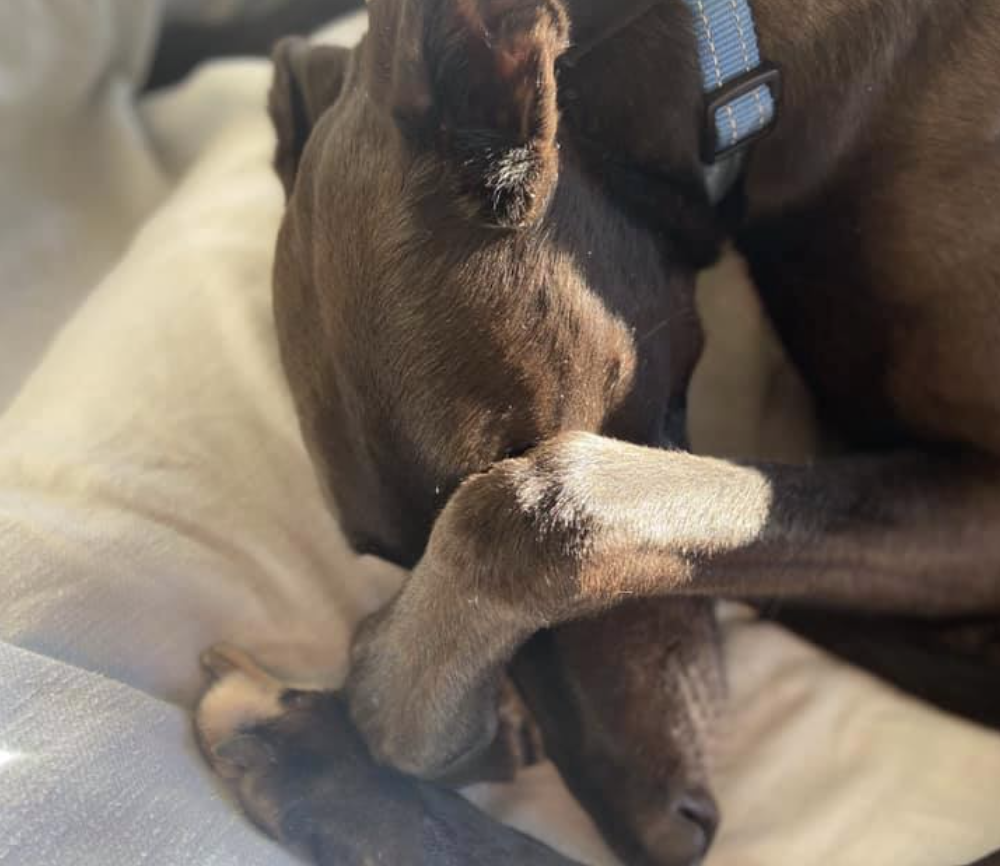 Helping a Greyhound When Relocating Their Safe SpaceBy gapnsw.com.auSeptember 13, 2023 11:10
Helping a Greyhound When Relocating Their Safe SpaceBy gapnsw.com.auSeptember 13, 2023 11:10